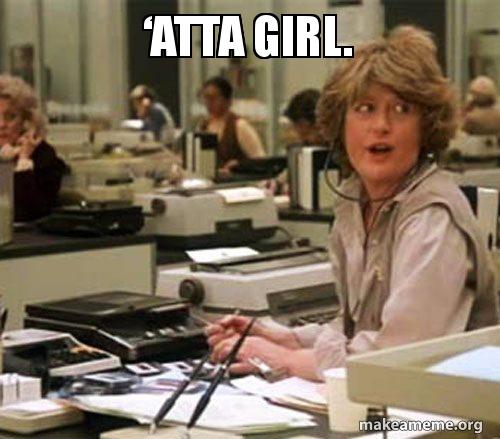You're being obtuse because I am sure you're not a new fan who doesn't know how PCS is typically scored. If not, I'm going to treat you like a new fan who is unfamiliar with the way PCS is scored. Other people have explained it well, and I've already explained it.
"
Transitions: The varied and purposeful use of intricate footwork, positions, movements and holds that link all elements. Continuity of movements from one element to another; Variety (including variety of holds in Ice Dance); Difficulty; Quality.
Performance: Involvement of the Skater/Pair/Couple physically, emotionally and intellectually as they deliver the intent of the music and composition.
Physical, emotional, intellectual involvement; Projection;
Carriage & Clarity of movement; Variety and contrast of movements and energy; Individuality/Personality.
Composition: An intentionally developed and/or original arrangement of all types of movements according to the principles of musical phrase, space, pattern, and structure: Purpose;
pattern/ice coverage;
multidimensional use of space/design of movement;
Phrase and form (movements & parts of the program to match the musical phrasing); Originality of the composition.
Interpretation: The personal, creative, and genuine translation of the rhythm, character and content of music to movement on ice.
Movement and steps in time to the music (Timing); Expression of the music’s character/feeling and rhythm, when clearly identifiable; Use of
finesse to reflect the details and nuances of the music"
Things I put on bold I believe are things that are affected by a skater's skating skills. I am sure there are more but I'm just putting the least amount for your benefit. What skaters are doing are using their blades to skate on the ice. They are moving across the rink in order to perform, show off how their programs are composed, and interpreting the character/music. It is pretty common knowledge that skating skills are the lead-off PCS that pretty creates the corridor in which every other PCS can be scored.
Transitions is almost entirely dependent on skating skills. I wonder bother explaining how to you as it's clear in the definition. A skater with excellent skatings skills is able to truly perform with carriage & clarity, and have the ability to physically and emotionally and intellectually move without wasting or exerting energy doing it laboriously (which shows). Skaters with excellent skating skills are able to more effortlessly move and step in time to the music and skate with finesse and show off the nuances of the music. In terms of composition, a more difficult/complex program could be performed better with skaters with higher skating skills than those with less. Skaters with excellent skating skills are able to move multi-dimensionally across the ice, have complex and difficult patterns, show off real ice coverage (without humping one's back or laboriously trying to gain speed while their body lets go of the posture and carriage and clarity of movement.
Basically, skaters with less skating skills would have a much harder time keeping up with these demands while trying to execute their TES elements. It clearly shows with the lesser ranked skaters who have lower skating skills. They can't perform up to the level of the ones with higher skating skills even though they may have performance ability (we've seen countless examples of performers who may not have the same blade quality seeming to be limited in how high their PCS in the later categories go).
A few insiders, some of whom who were judges, who have posted mentioned in the past when they changed the "order" of PCS where skating skills wasn't the lead PCS category and they have mentioned how it does change what is emphasized in some way. Clearly, the ISU chose skating skills to be the lead PCS to set up the corridor for a reason. Plus, it just makes sense. This is figure skating, everything a skater does is affected by their ability to move that blade across the ice and how they do it. Everything else follows. Otherwise, we'd be allowing skaters to just pose and stand on two feet "interpreting" for 4 minutes outside of performing elements.



